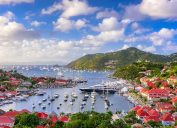20 Worst Places to Travel in 2020
Even seasoned travelers should be wary of these destinations.

In the past decade we've seen a huge shift in tourism. Airlines are keeping track of their carbon footprints, off-the-grid locales have been discovered and shared via social media, and the political and economic landscape is in constant flux. With all of these changes, it's important to be responsible travelers. Although we're all for broadening our cultural horizons, there are some places that are better off left unchecked in 2020. Whether it's due to the negative impact of overtourism, the high cost of visiting, or the erosion of the environment, these destinations—while still wonderful—could use a bit of breathing room. Below, we've researched the 20 worst places to travel this year and where you should go instead. To avoid other travel blunders, check out the 20 Worst Travel Mistakes You Should Avoid in 2020.
1
Barcelona, Spain
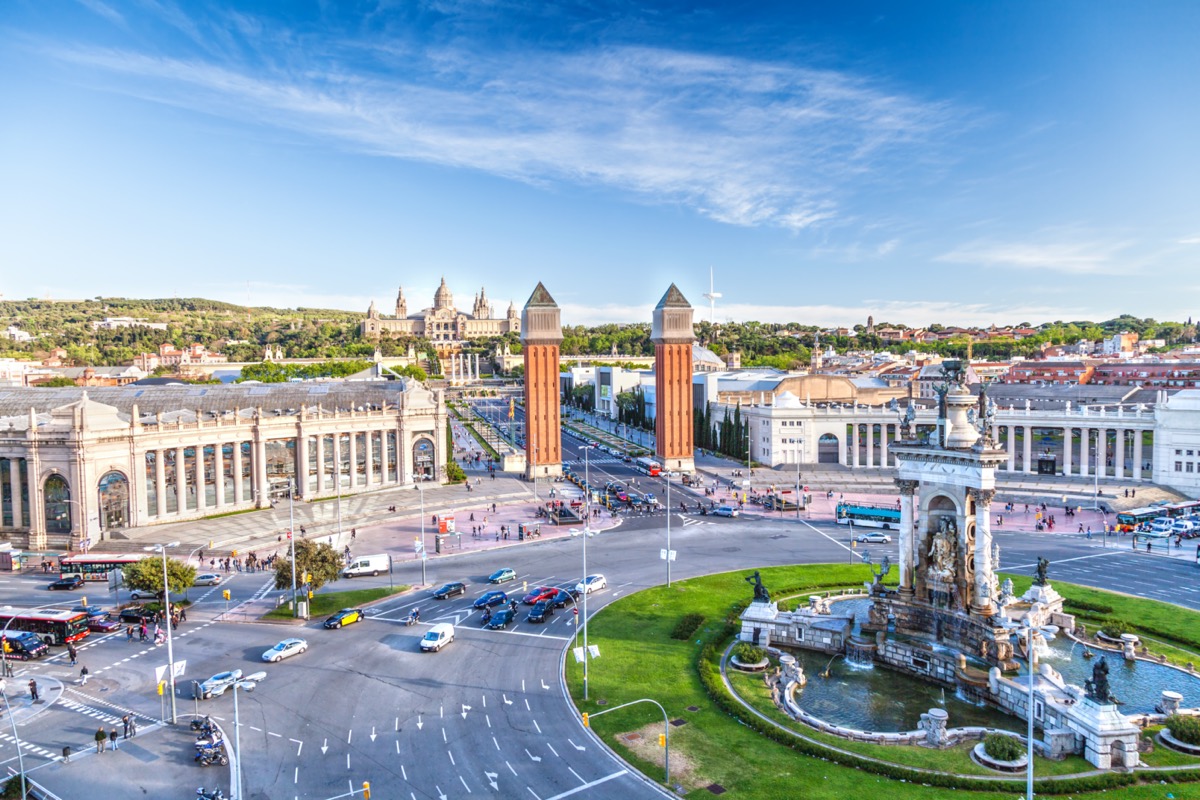
With its gorgeous Gaudí architecture and fun beachfront bars, Barcelona is a favorite European vacation. This impulse to travel here isn't uncommon—tourists have saturated the city to the point where the local government has begun threatening to keep visitors out by limiting cruise ships and the airport expansion. The influx has begun to not only wear down iconic landmarks, but has even forced businesses to shut down and overcrowding in popular shopping areas like La Rambla.
If you crave a Spanish getaway in a sustainable environment, try jumping on a train to Valencia. Just two and a half hours down the coast, this city offers breathtaking beaches, historic castles, and a much more balanced tourist culture.
2
Thailand

Who hasn't dreamed of the exotic beaches along the crystal clear waters of Southeast Asia? While many visitors come to take in the natural beauty of Phuket, their presence has taken a toll on Thailand's islands. Three quarters of the country's coral reefs (mainly in the Andaman Sea) have been heavily affected by warmer sea temperatures and too many tourists. To preserve the reefs, the government has shut down sections of beaches—like Maya Bay—to protect the area from further bleaching. If you want to check out some tranquil coves in Southeast Asia, Vietnam offers up 2,000 miles of coastline for you to explore with a clear conscience.
3
New South Wales, Australia
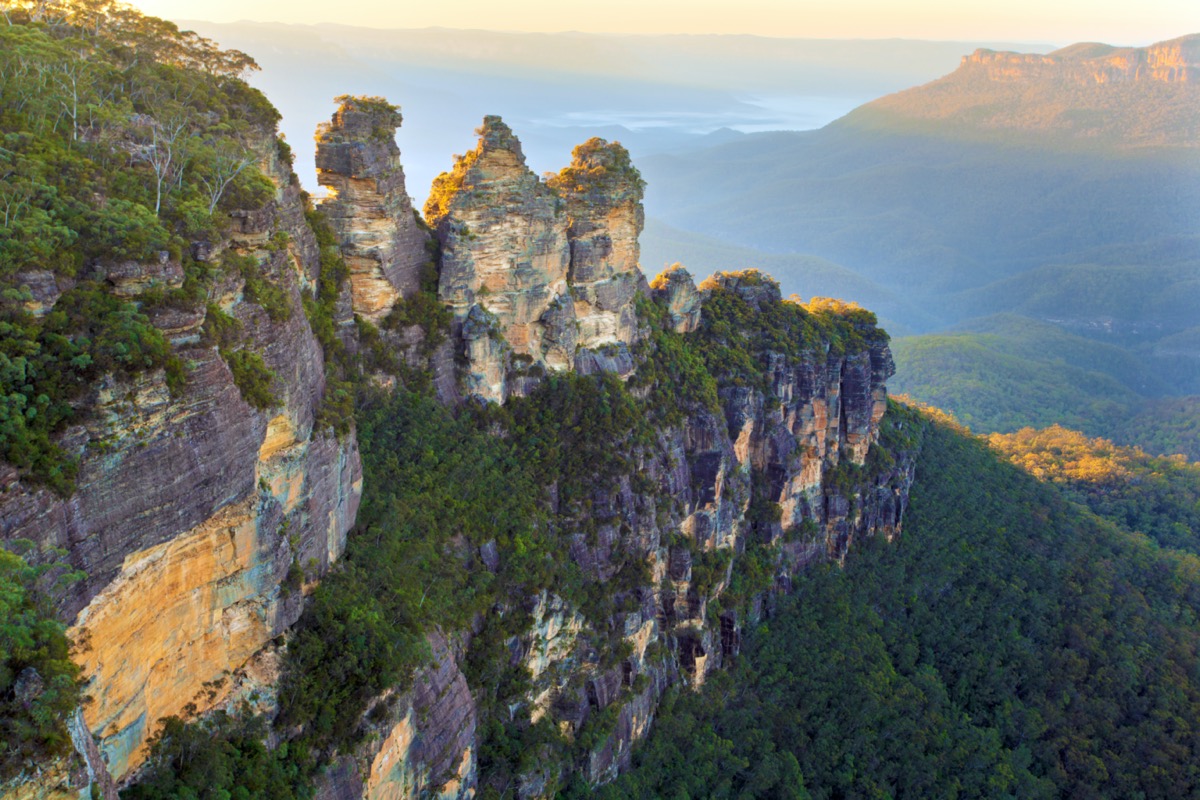
If you have followed the news for the past few months, you have probably heard of the raging wildfires that have engulfed New South Wales. It should be safe to say that this area's a no-go if you want to book an Australian vacation this year. With over 3,000 homes destroyed, the fire has decimated the area and the native wildlife. This portion of Australia should get crossed off your 2020 bucket list while it recovers, but there's still hope to visit other areas of the country like Melbourne, the Great Barrier Reef, Perth, Uluru, and Tasmania.
4
Venice, Italy
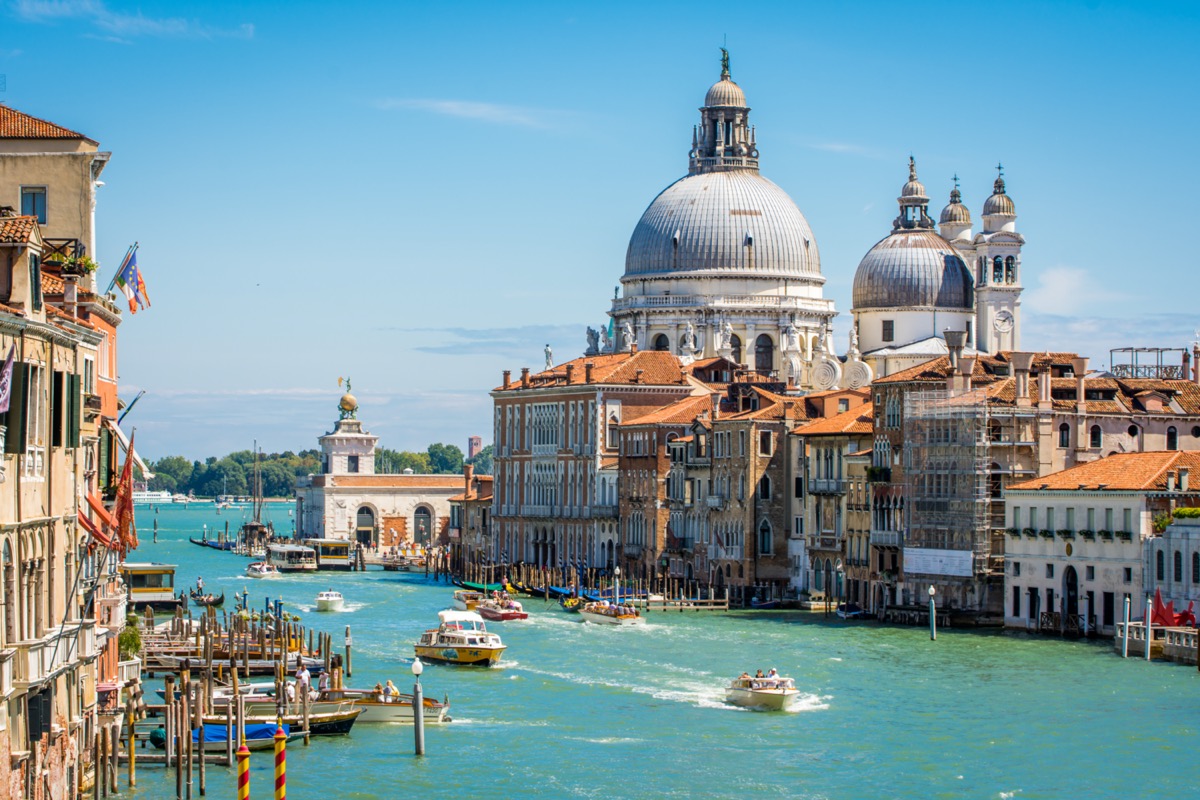
Venice is the epitome of la dolce vita. The Italian city spells romance with its winding canals, stone bridges, and graceful gondolas. Everyone wants a slice of the sweet life; in fact, around 25 to 30 million foreign visitors come to the city every year. This constant stream of tourists has driven the city to the breaking point—historic landmarks have slowly worn down and longstanding shops have been forced out of business. For these reasons, the government is considering charging tourists a €10 ($12) entrance fee to get into the city. And that's not even accounting for the drastic effects of climate change, which has caused the famous canals to run dry, after months of severe flooding. With this in mind, maybe check out the stylish metropolis of Milan instead.
5
Iceland
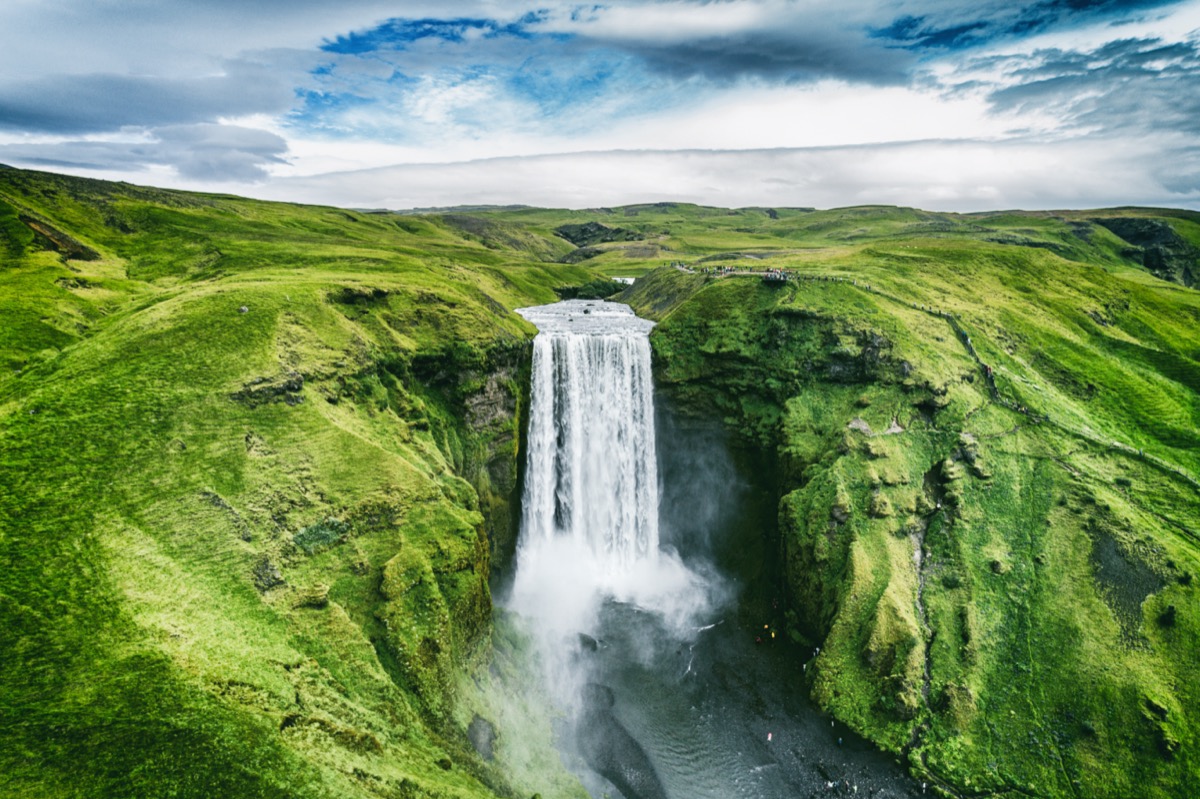
Between natural hot springs, the northern lights, and staggering glaciers, it's no wonder Iceland has secured a spot as one of the most popular tourist destinations. While nature might draw you in, the price you pay to visit will scare you straight away. Iceland is the third most expensive country in the world, with the cost of restaurants and hotels being 44 percent higher than the rest of Europe. A huge portion of the country's revenue streams in from tourism—the cost of even just a week-long trip for a family of four sets you back at least $7,000, and that estimate is on the low end! So, if you're aching to see the northern lights without breaking the bank, consider Scotland's Isle of Skye. Looking for more travel tips? Check out The Most Affordable Time to Visit the World's Best Cities.
6
Hallstatt, Austria
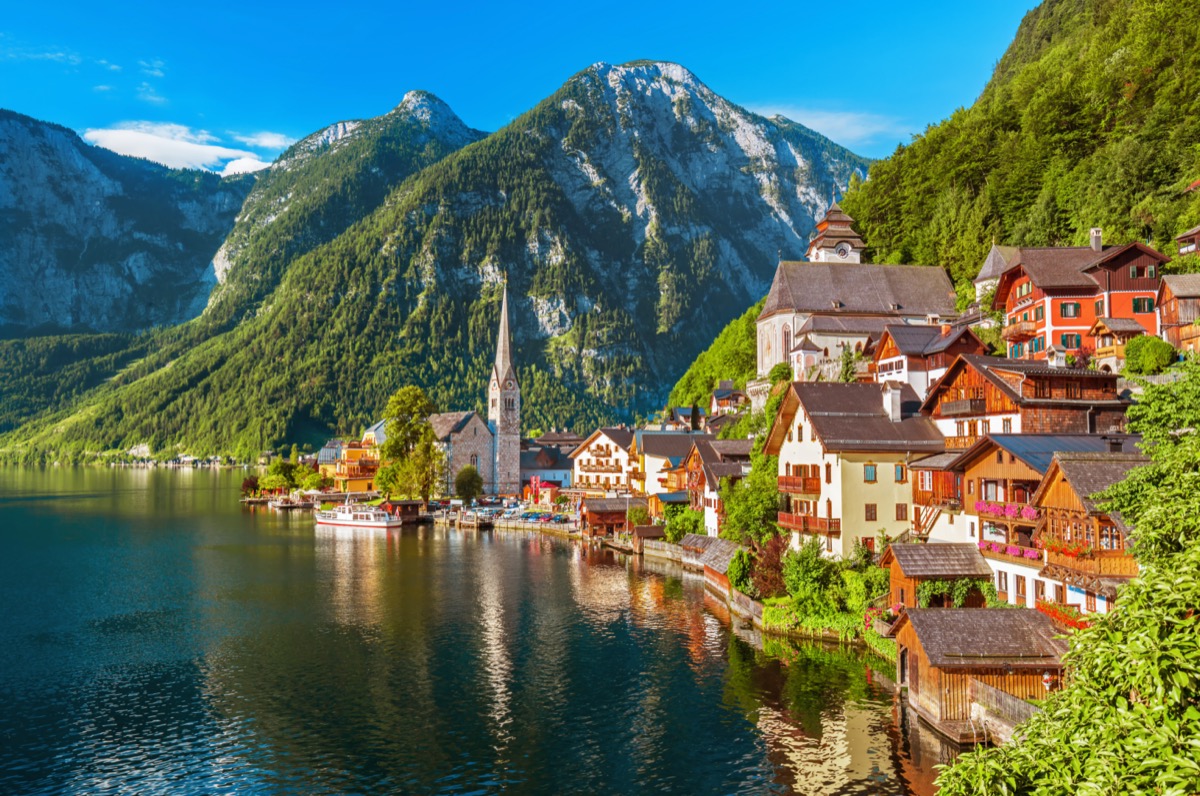
Fans of Frozen are flocking to this charming hamlet in Austria after discovering it's the inspiration behind the movie's mystical Arendelle. Hallstatt, a town of 750 residents, gets slammed by more than 10,000 tourists a day! The mayor hopes to slash tourism by at least a third by asking visitors to stay away for now. If you need to visit an Austrian enclave, take a trip two hours east to the medieval city of Graz, which has a centuries-old clock tower and a funicular with views over the hillsides.
7
Machu Picchu, Peru
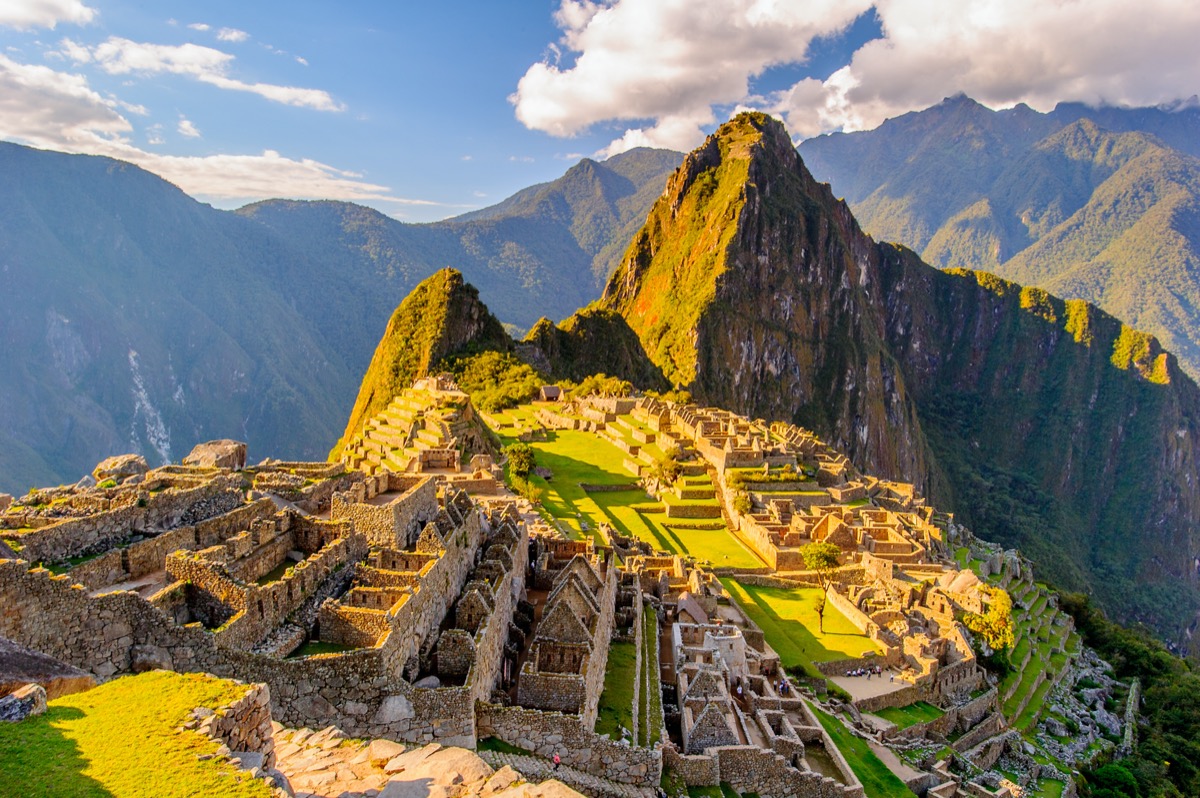
As one of the wonders of the world, Machu Picchu often tops bucket lists. These iconic Andean ruins have been worn down by tourist traffic, so the Peruvian government has had to curb vandalism to the site and even went so far as to ban selfie sticks. As part of a $43.7 million plan to conserve the site, visitors must have an official guide that will give them the tour during two timed entries a day. Do yourself a favor and visit the ruins of Kuelap instead—the ancient city still requires a vigorous hike to reach but hasn't been defaced by thousands of tourists.
8
Hong Kong
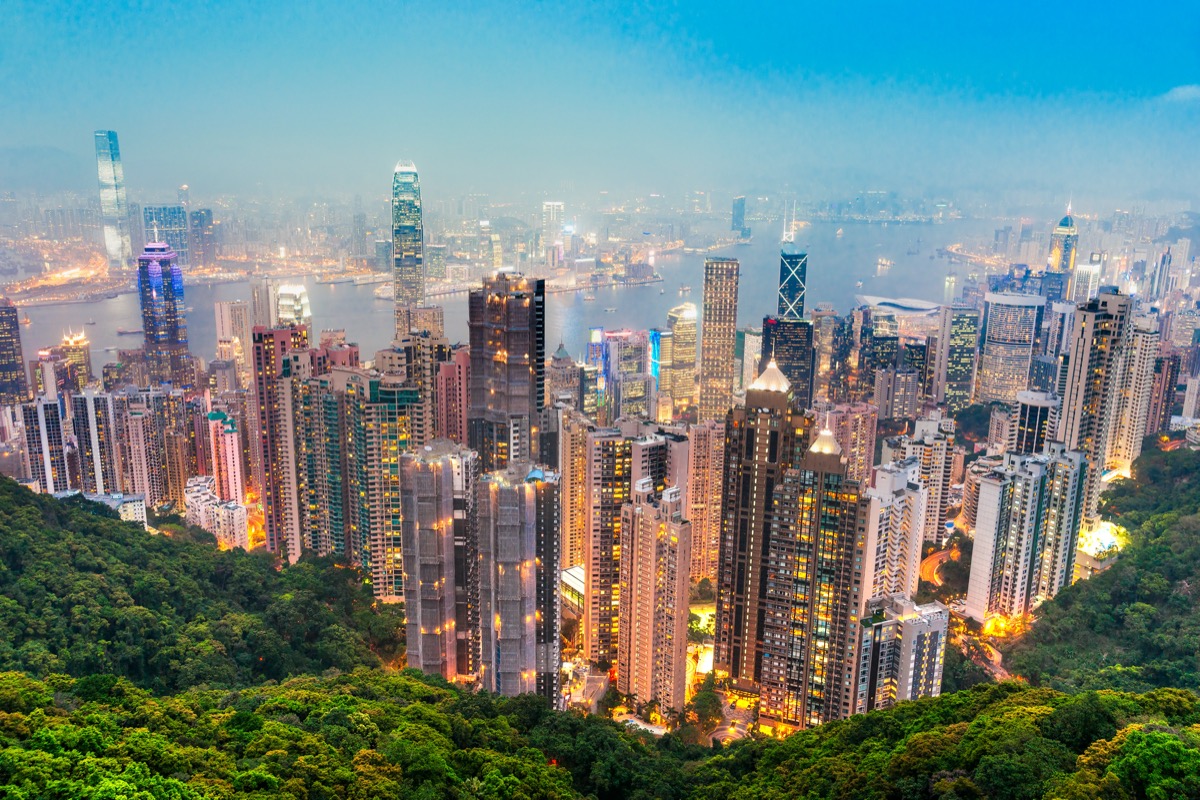
The ongoing pro-democracy demonstrations in Hong Kong have created a greater political pressure that has spilled over to mainland China. The good news: The protests are peaceful, so if you do explore the city, simply steer clear of any big crowds you may see at the MTR stations or universities. Or, you can visit Chinese cultural sites like The Great Wall or The Forbidden City, safe away from any unrest.
9
Galápagos, Ecuador
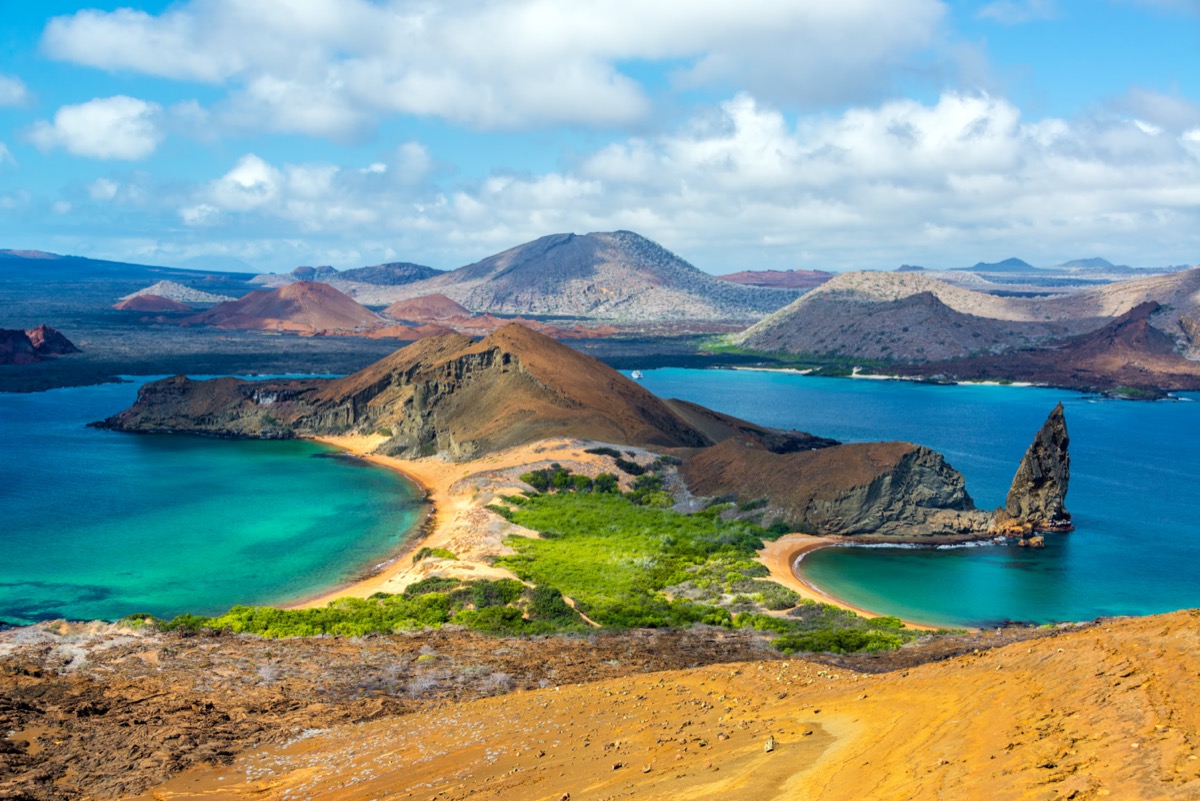
The Galápagos Islands have a fantastic exchange rate, pristine tropical landscapes, and rare wildlife. So it's no wonder why the islands off the shores of Ecuador attract so many people. Unfortunately, tourists have ravaged the islands to the point where the local government has begun issuing fines to tourists in order to protect wildlife. When booking a vacation, opt to get a taste of Puná Island instead, so you can feel good knowing you kept some of Earth's delicate wonders intact.
10
Venezuela
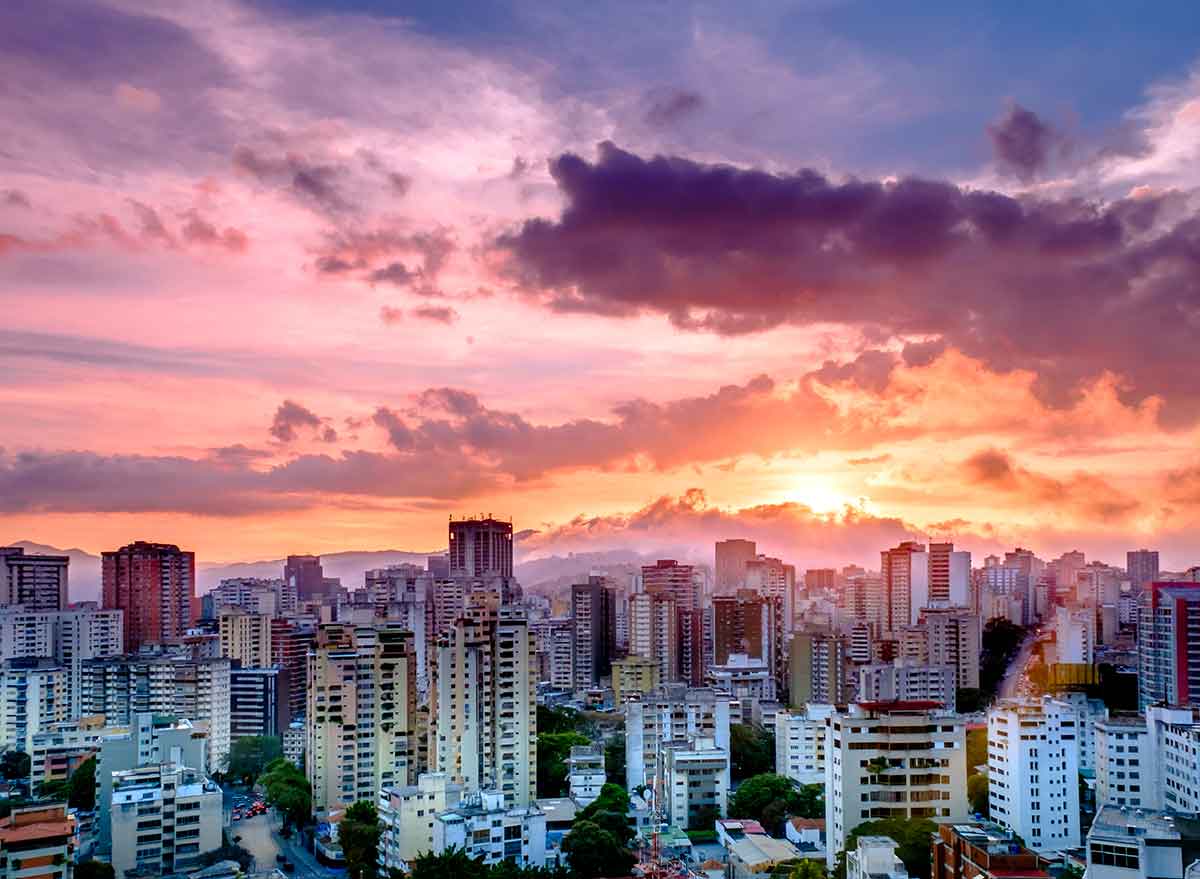
Venezuela has made headlines in the past year due to political discontent and the clash between President Maduro and opposition leader Juan Guaidó. It's also faced food and resource shortages as well as some of the largest slums in the world. These reasons combined with increased tensions with the United States are why the Department of State has ranked the country a level 4 on the travel advisory. For an alternative option, check out Colombia instead. This gorgeous neighboring country has colorful coastal cities like Cartagena and the mountainous metropolis of Medellín.
11
Santorini, Greece
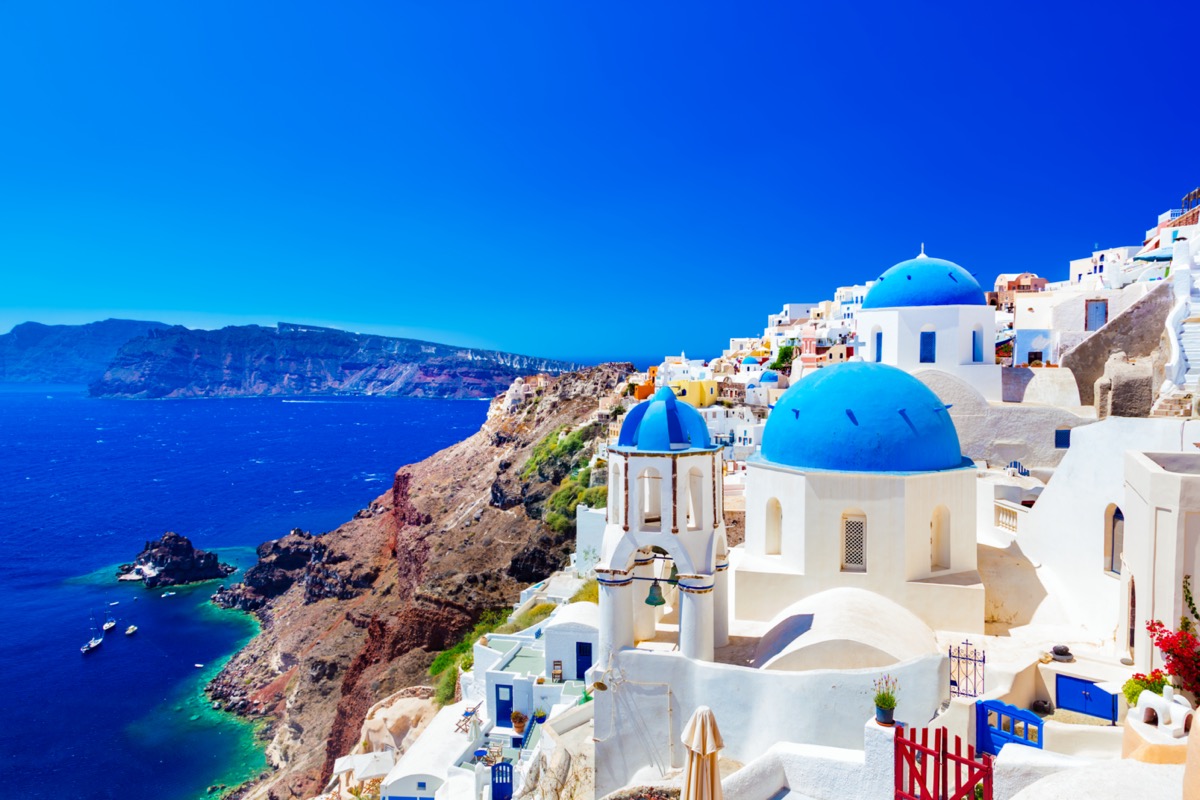
Overtourism can cripple a country, leaving it in terrible shape for future generations. The scenic island of Santorini has been a cruise ship destination for decades, but so much pressure placed on the small community has pushed it to a breaking point. The massive influx of visitors has even led to vandalism and the displacement of locales from their homes. This is why, in 2019, cruise ship passengers were limited to 8,000 per day. For an ethically sound Greece vacation, try the untouched beaches of Skiathos.
12
Saudi Arabia
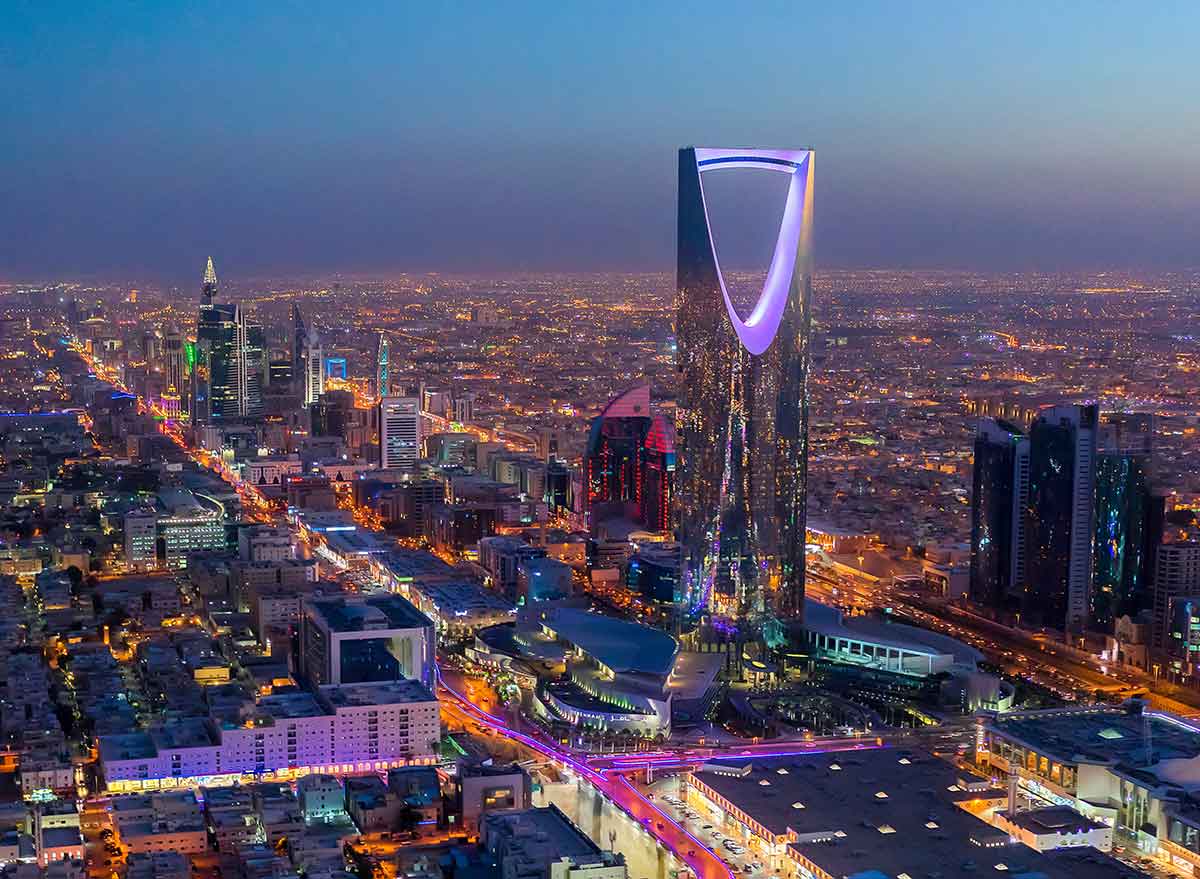
A country that boasts swirling deserts and ancient fortresses may seem like an adventurous destination, but Saudi Arabia enters the new decade as an undesirable country to visit thanks to a rocky relationship with America and ongoing clashes with Yemen. If you visit more metropolitan areas as a Western tourist, you may still find yourself at odds with the culture. It is illegal to insult the royal family as well as consume or own alcohol and pork products. If you'd like to visit the Middle East, consider Dubai, which is hosting the Expo 2020 in October and expecting to bring more than 25 million visitors.
13
Switzerland
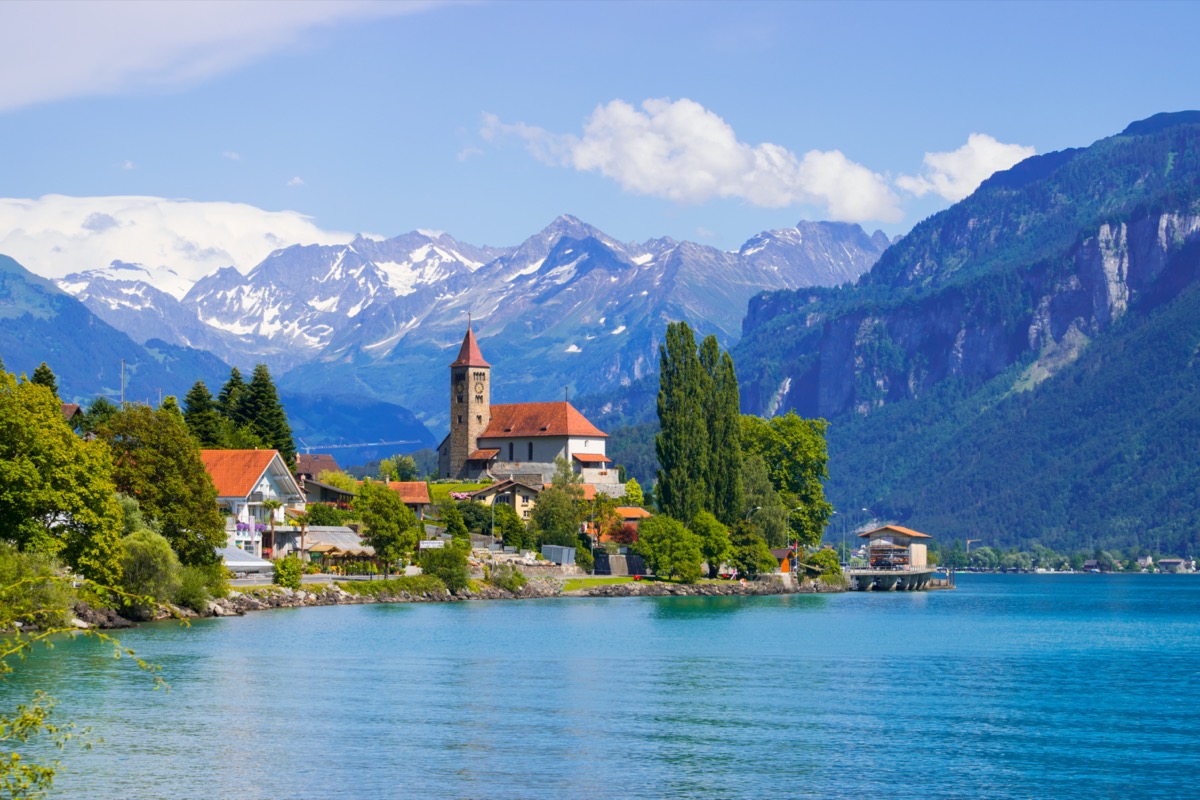
Who doesn't love a good travel deal? If Switzerland appears on your itinerary, you definitely won't be getting one—it has consistently been rated as one of the most expensive countries. Taking in the Alps and sampling fine chocolate seems enticing, but unless you plan on couchsurfing through the country, don't expect to keep your wallet full. But if you really feel like taking in the rugged mountain range, why not make a trip to northern Italy? The region touches Switzerland and shares a similar culture, so you can get your fill of the land without breaking the bank.
14
Amsterdam, Netherlands
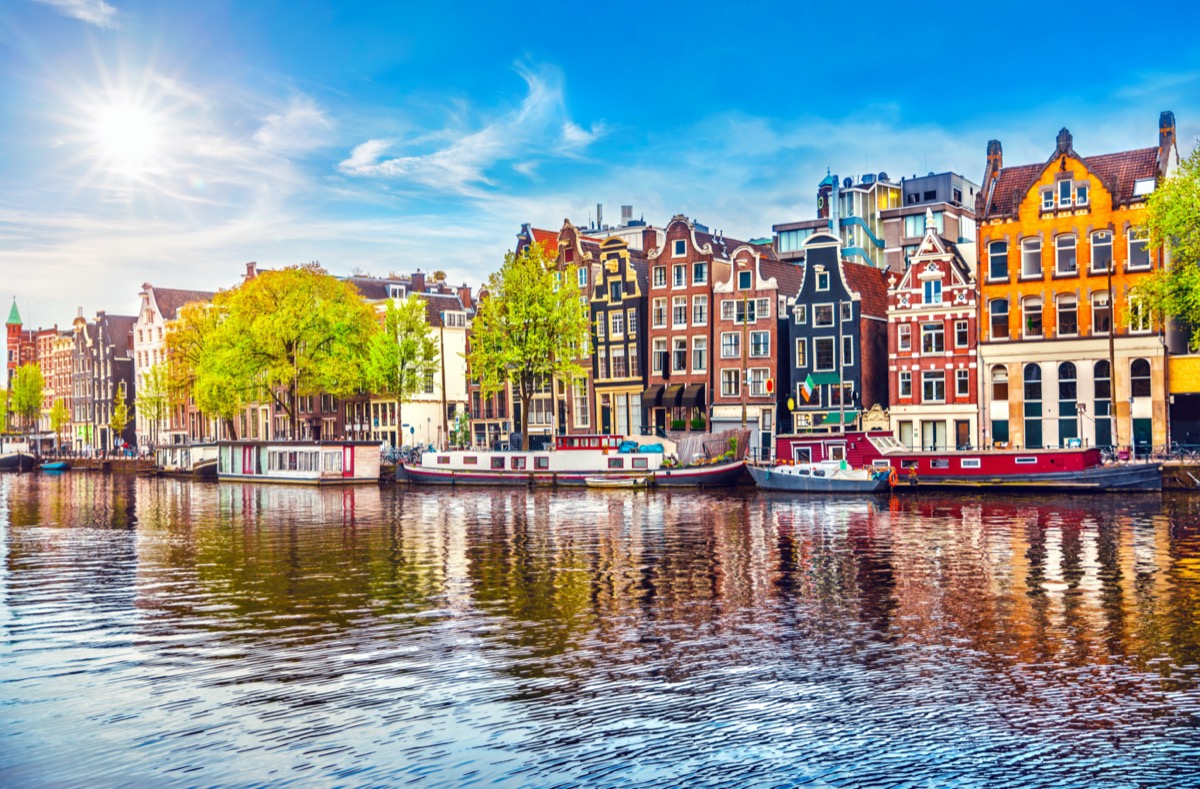
Amsterdam is a favorite spot for its bicycle paths and charming canals, and yes, even the red light district. But when the tourists say there are too many tourists, you know something's off. In addition to the packed walkways, the monetary inflation as a result of tourism has been multiplying at an alarming rate, making it an even more undesirable locale. If you feel like visiting the Netherlands, do yourself a favor and explore The Hague instead—this historic city on the North Sea is chock full of attractions and cultural sites.
15
Kanpur, India
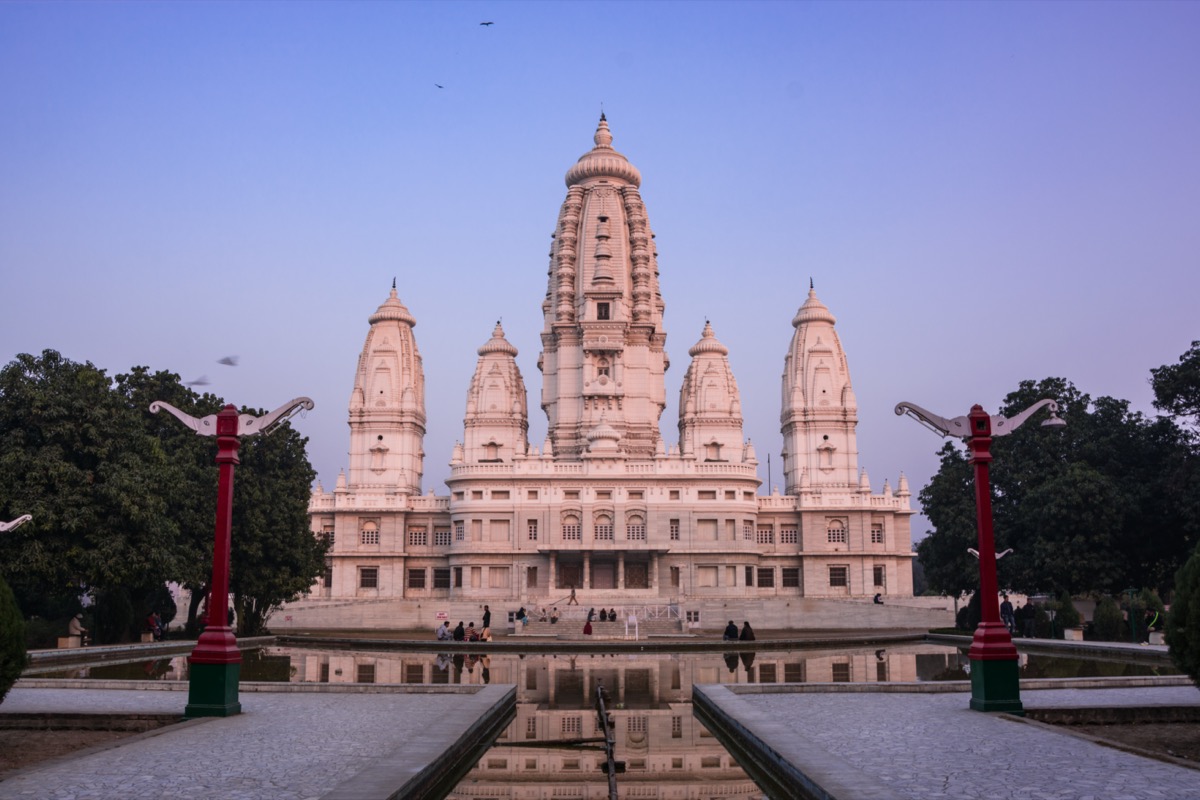
When you find yourself in India, Kanpur could seem like an excellent getaway—it's affordable and houses a wide variety of natural and spiritual wonders. Unfortunately, the region was voted as one of the most polluted areas on earth this past year. The air pollution is so strong, that even visiting for a few days could put your health on the line. If you want to travel through India, consider a trip to Kerala or the Golden Triangle.
16
Cayman Islands
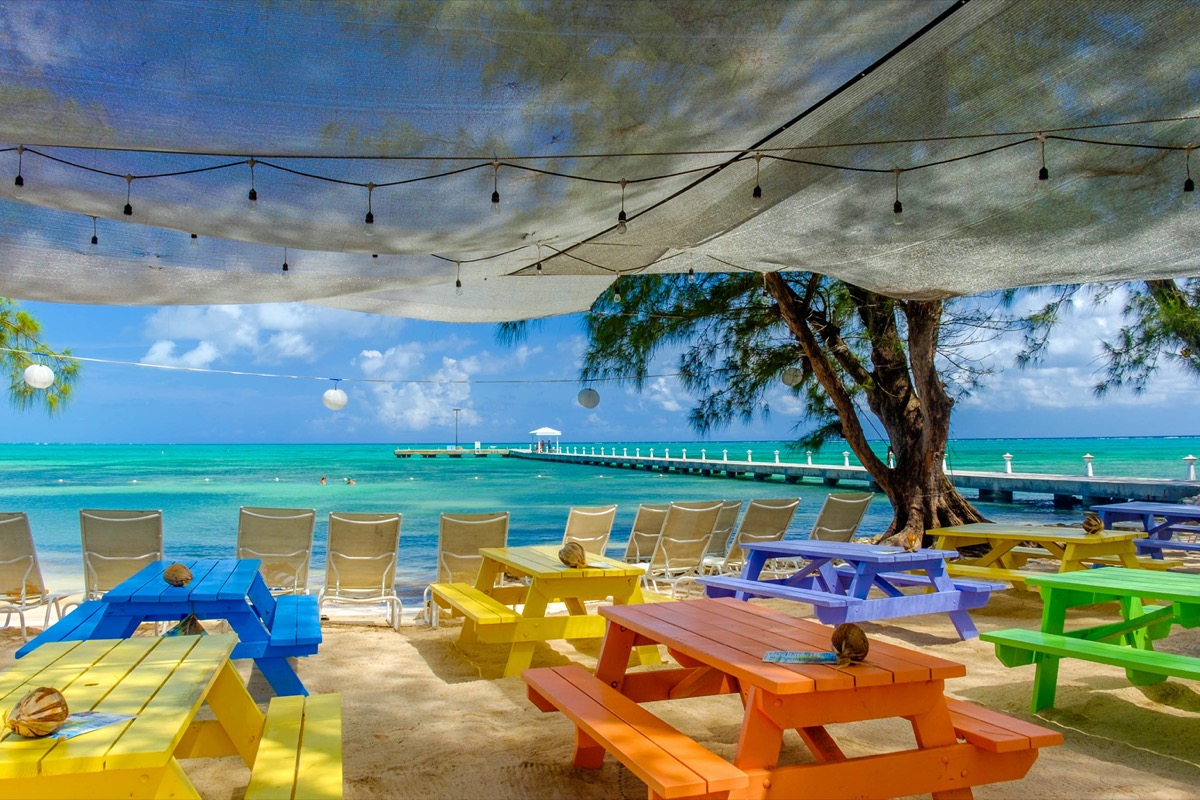
When you think of a Caribbean vacation, the Cayman Islands come straight to mind—miles of shallows to snorkel, fresh seafood, and sun-drenched sand. While this locale seems perfect, don't think this great getaway doesn't come without a hitch. The Cayman Islands top the list as one of the most expensive places to travel. For an island nation, it has prices that jump far higher than its neighbors. Want to hit the beach on a budget? Explore Cuba or Puerto Rico, which both have far cheaper figures.
17
Angola
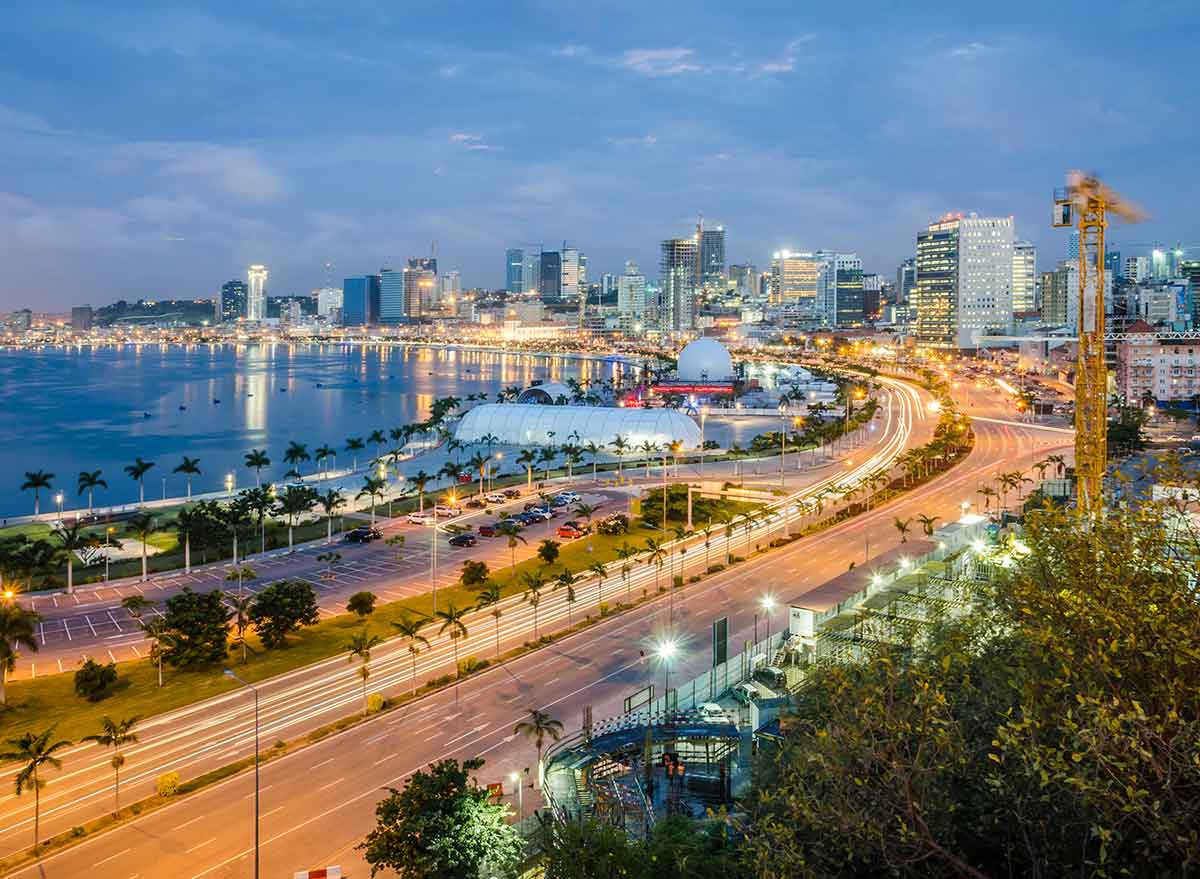
While Angola is poised to start drawing in more tourism in 2020, its efforts should be taken with a grain of salt. A gas shortage and rapid devaluation of the currency has set the stage for a tumultuous year for this West African country. If you do decide to visit, you need to make sure you are up to date on your vaccines, as a range of common health hazards, including yellow fever still plagues a sizable portion of the country.
18
New Zealand
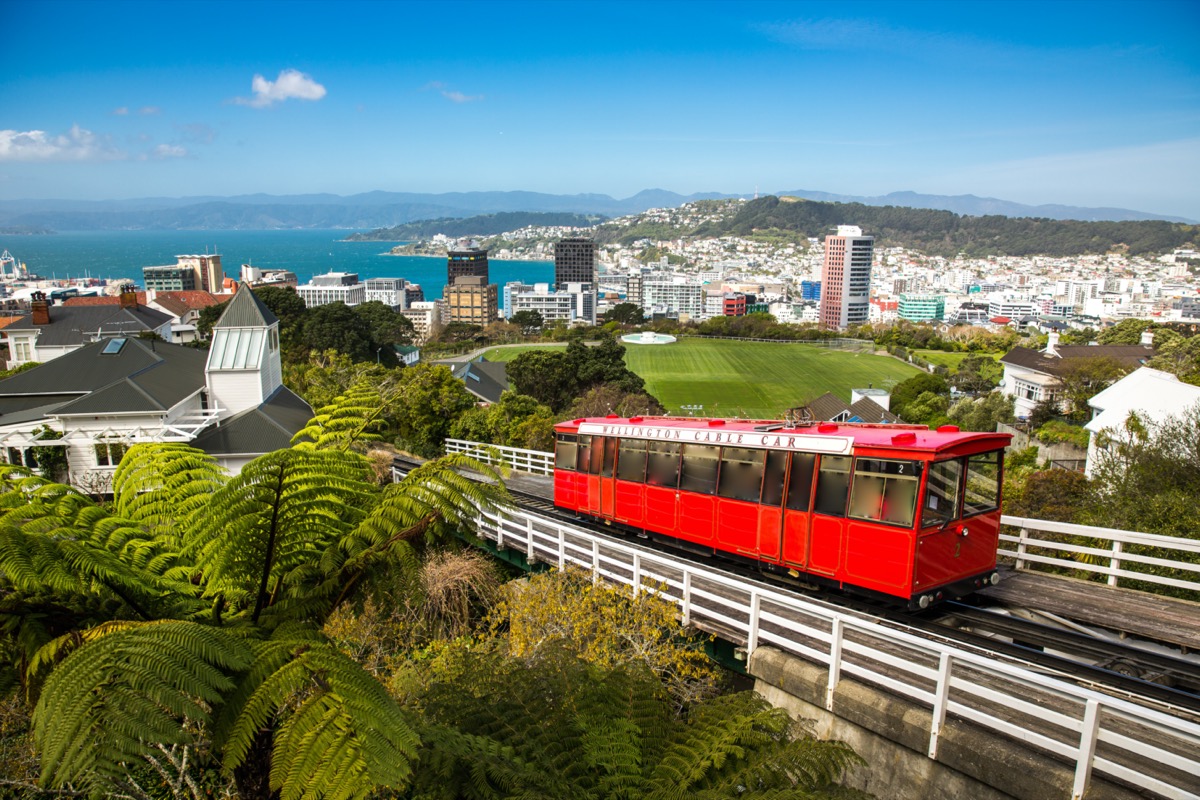
Although New Zealand is seen as a pretty "green" country, it has a few areas where it could improve ecologically. For instance, its heavy use of landfills exceeds that of almost every other country in the world. If that doesn't stop you, then the sheer cost of exploring the country should put you off—a flight from the continental U.S. alone costs almost $2,000. When you factor in hotel rates and food prices, it might feel like you need to take out a loan to make this trip a reality. But why spend so much, when you could head over to neighboring Fiji instead? You can still take in the beaches for far cheaper.
19
Mexico City, Mexico
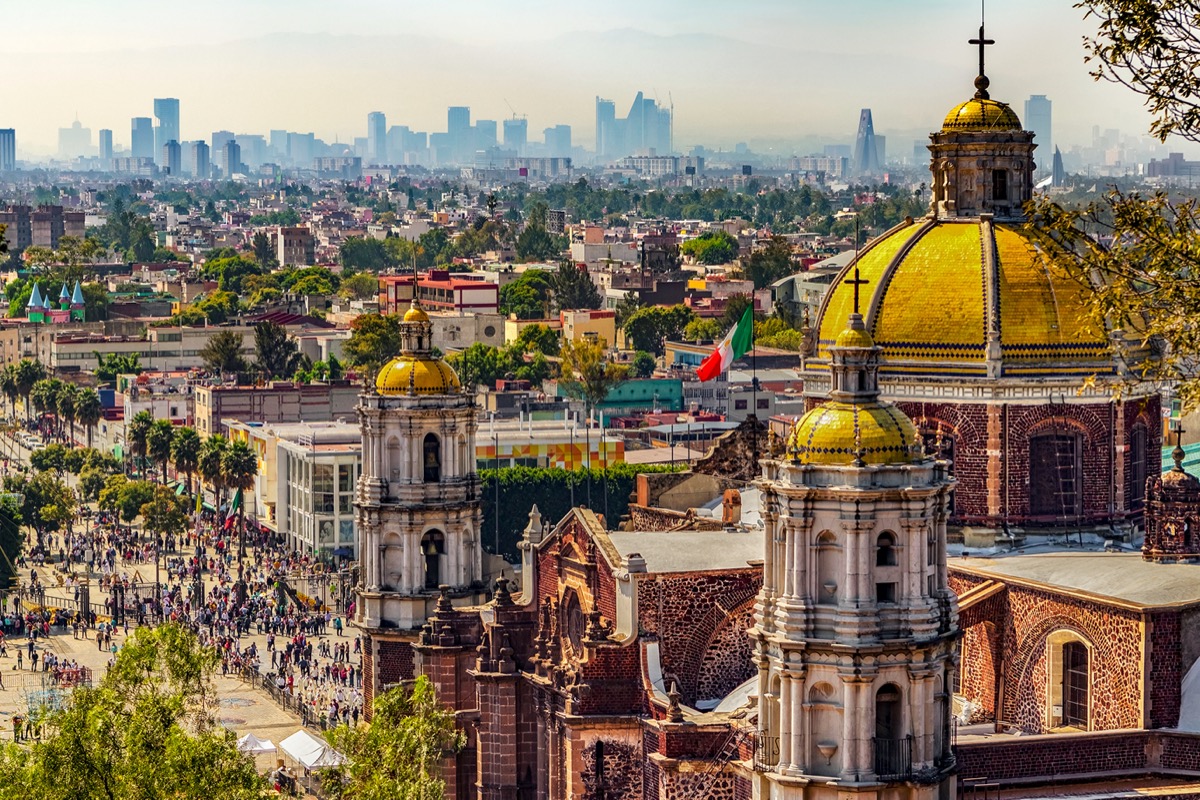
You might never have guessed, but one of the worst killers that Mexico City faces is air pollution. The moment you enter the city limits, the smog hits your lungs and guarantees an uncomfortable visit. Some days you can't even go outside because the pollution levels are too high. For those who do have a trip planned, there are plenty of indoor (read: filtered air) activities, such as the Soumaya Museum or the Palacio de Bellas Artes.
20
Bolivia
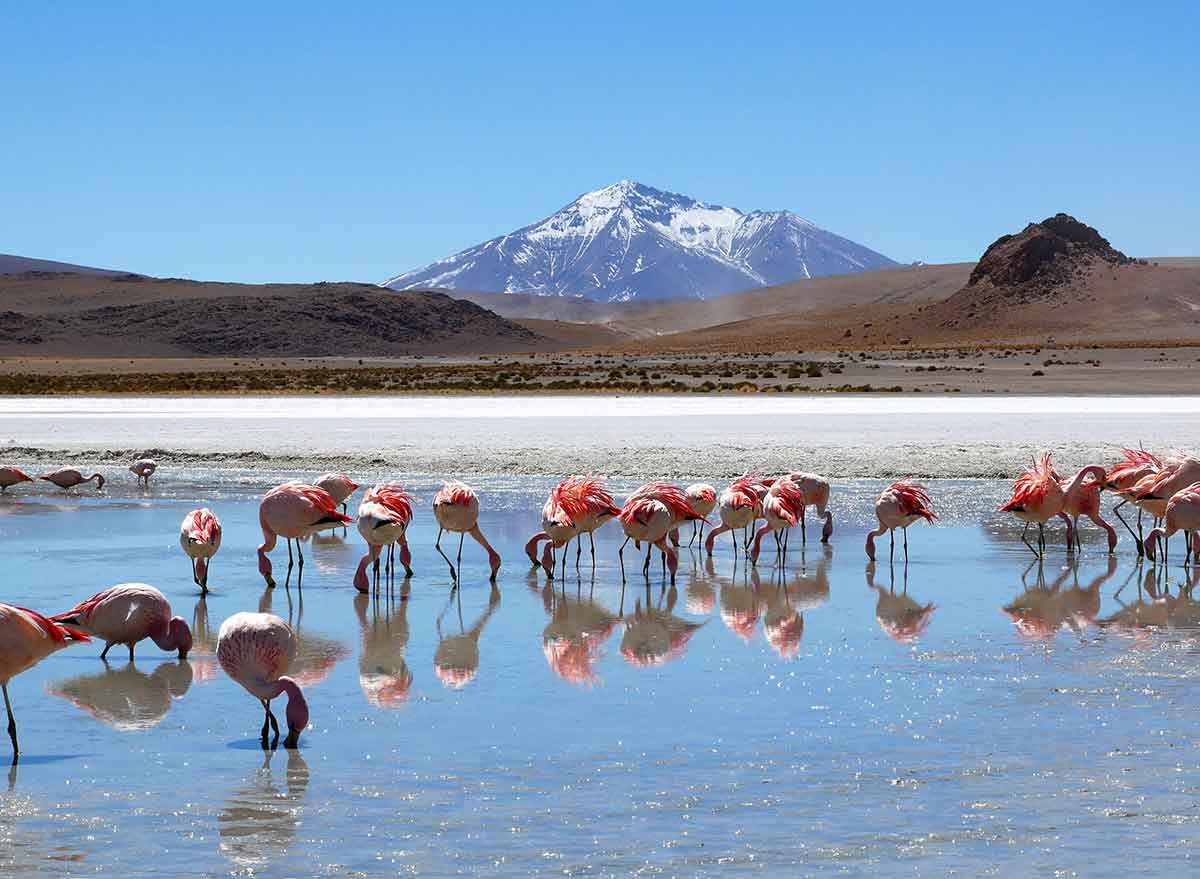
In 2020, Bolivia is one country to be wary of in South America. The U.S. government recently evacuated all of its embassy staff due to a high level of civil unrest, and recent protests have affected most major cities, while roadblocks and demonstrations have left travel near impossible. The protests also show no sign of ending, meaning that the instability will definitely bleed into the new decade.
If you're wondering where to go this year, check out the 20 Best Places to Travel in 2020.
